
The Magic of Tablescapes
Lisi Korn
Centerpieces and decorations add flavor and character to an event. Whether it be a light-hearted touch or an elegant display, a tablescape conveys the design concept. Table decorations aren’t simply just a way to make a statement, they tell a story about who we are and what we cherish.
As you start to get an idea of the design elements in your event, you can start to experiment with the design concepts in your tablescapes. Remember, it is not always about how many floral arrangements you can squeeze into the display. A lot of what makes a table “pop” are the contrasting elements that complement each other; such as ceramics and dolls, or if a holiday, Easter Eggs and Christmas wreaths.
Here are some of the hottest designs that are currently trending:
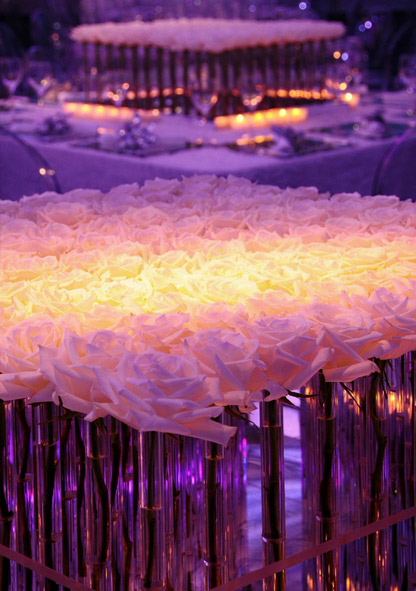
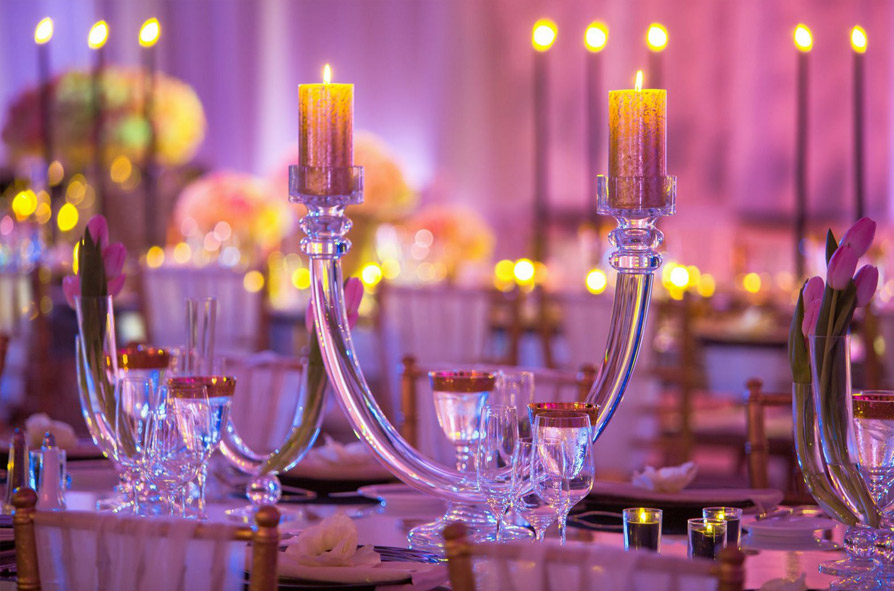
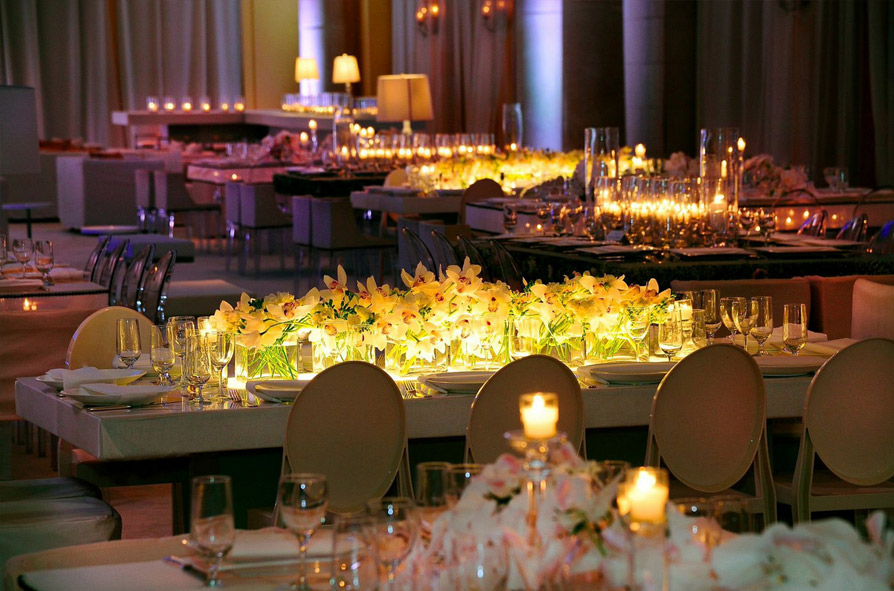
Each tablescape is composed of a myriad of elements that make it come together.
The following principals are what is known as the “elements of design”. The effectiveness of any design is determined by how these elements are used.
-
Line
A line gives us the outline of a form and defines the boundary between form and formless. Lines can unite design elements by bringing our attention from one point to another.
-
Shape
This is the basic tangible element. Forms can be geometric or free-form. If functional, a form should be used for its intended purpose.
-
Color
One of the most important design elements, color can create a mood, anchor design concepts together, or dramatize an existing effect.
-
Light
Light helps distinguish forms and emphasize certain parts of the display. Dimmed light can create a more refined ambiance.
-
Texture
Texture is always present because all forms have a surface. Texture can range from silky and soft, to crystallized, rough, or ribbed. There are as many variations as there are design styles.
-
Space
Space is the unseen medium that contains all of your design. Working with space helps strengthen the relationship between your design elements.
Similar to the design elements, the physical dimensions also have important attributes:
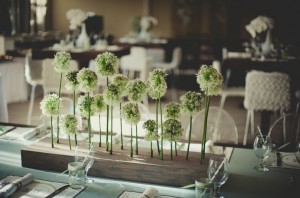
-
Scale
Scale determines the physical scope that an object occupies. It is the standard of measurement for relating objects to the space they occupy.
-
Proportion
This measurement refers to the comparative relationship between the part and the whole. Objects have to be proportional, or in a balanced relationship, to the larger whole.
-
Balance
Refers to an objects actual and visual weight, and how objects should relate to each other through space.
-
Rhythm
Rhythm is produced through repetition and transition. Repetition is the use of something more than once. Transition deals with gradation and spectrum: bright to dull, light to dark, etc.
-
Harmony
Harmony is the force of unity that unites all of your design elements.
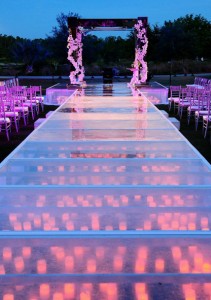 Lighting is also important. Classical chandeliers can drape with crystal or bouquets depending on your preference.
Lighting is also important. Classical chandeliers can drape with crystal or bouquets depending on your preference.
Other design elements can include a runway, for dramatic entrances:
Remember, it is more important to have a cohesive design concept than to try to incorporate every detail at once. In design, less can sometimes be more.
With so many exciting and intricate ways to design your tablescapes, it is important to start planning right away. Forever Events specializes in event design, vendor selection, and complete management and oversight for your event. Book a consultation today to see how we can prepare for your big day.






